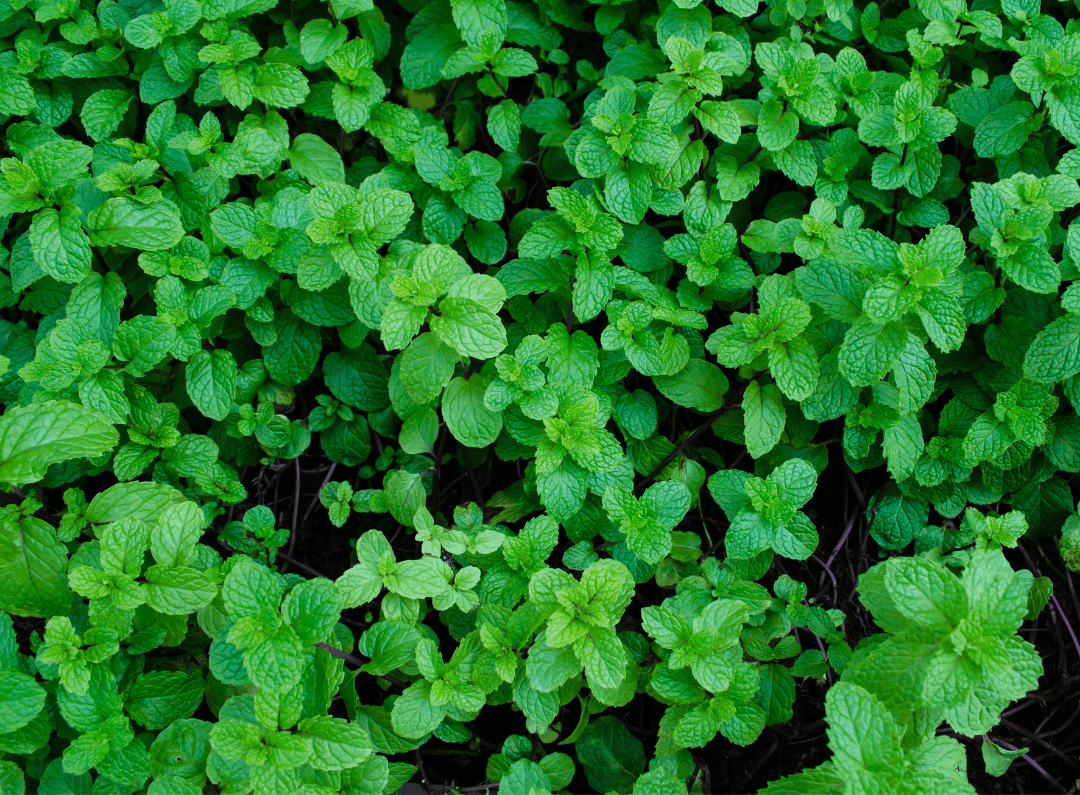
Success With Mints
Mints are beginner-friendly, fast-growing, and profitable herbs. This guide highlights key varieties, propagation techniques, optimal growing conditions, pest management, and tips for successful spring sales.
Read more
The Next Hot Herb
Identifying the next "hot herb" involves balancing market speculation with reliable crops. Trends like aging populations may boost demand for herbs like black cohosh or gotu kola. Research and experimentation help growers stay ready for market surges, as early adopters often reap significant rewards.
Read more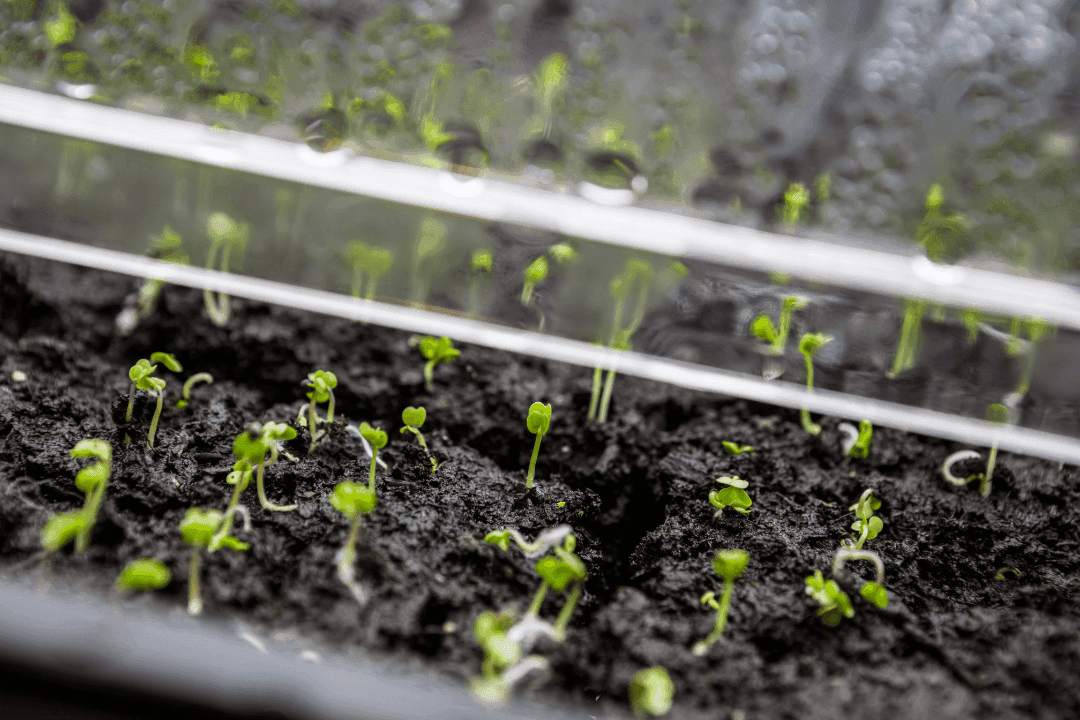
Easy Seed Starting
Learn how to grow plants from seeds with this beginner-friendly guide! From choosing easy-to-grow seeds to planting, watering, and hardening off, this step-by-step guide will help you nurture healthy seedlings for your garden or indoor space. Perfect for first-time growers!
Read more
Cilantro, Mimics and Memes
Cilantro, loved by some and loathed by others, owes its divisive reputation to genetics and cultural influences. Discover how genetics shape cilantro preferences, the rise of mimics like rau răm and culantro, and why this humble herb inspires passionate debates.
Read more
But Really, Why on Earth Do We Eat Chiles Anyway?
From fiery Oaxacan markets to the unique pain-processing pathways of capsaicin, hot peppers offer a fascinating mix of culture, biology, and culinary adventure. Conrad Richter delves into the allure of chiles, their genetic quirks, medicinal benefits, and why humans embrace the pain of spicy food. Is it nutrition, antifungal properties, or the thrill of "benign masochism" that keeps us coming back?
Read more
Silver Herbs: Planning a moon garden
A moon garden, featuring silver and grey herbs, creates an enchanting nighttime retreat with light-reflecting foliage and calming daytime appeal. Discover drought-tolerant herbs like artemisia, lavender, and yarrow to design your own magical, low-maintenance sanctuary.
Read more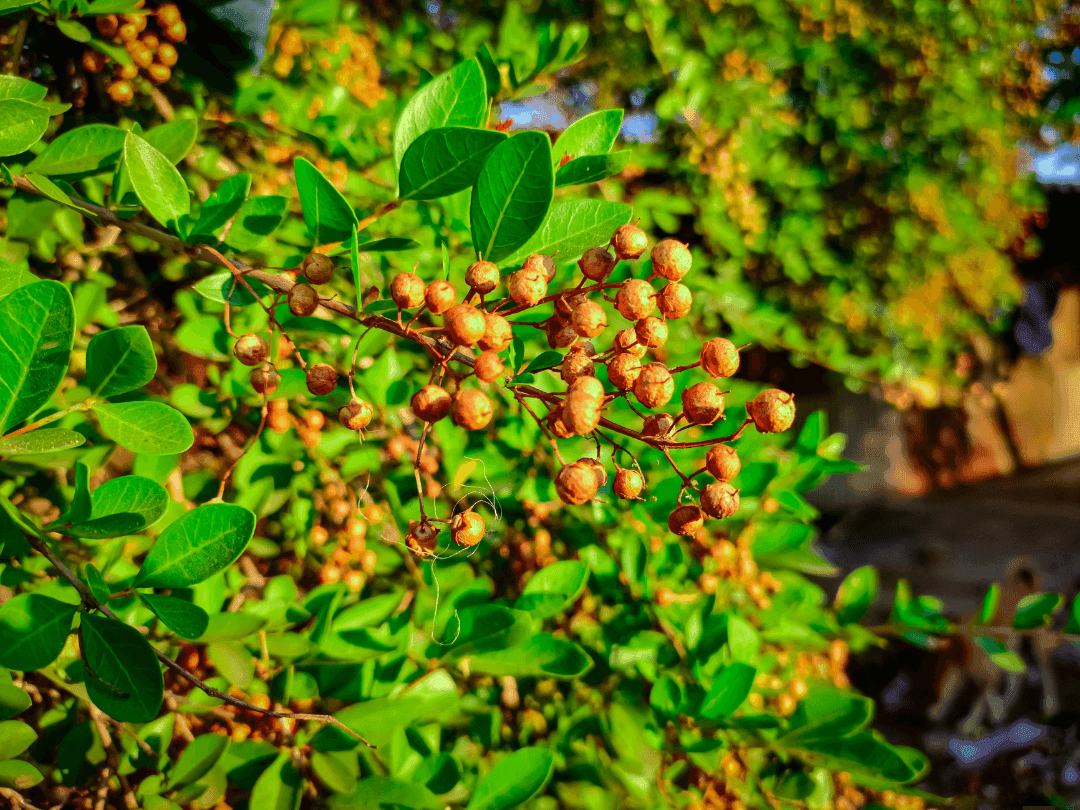
A Darwinian Knot Disease: Genes and Henna
Henna, prized for its vibrant hues, has been used for hair, skin, and rituals for centuries. Its antiseptic properties made it vital in ancient medicine, despite its lethal effects on some with G6PD deficiency. Thriving in hot, dry climates, henna's leaves produce the dye compound lawsone, blending cultural significance with natural resilience.
Read more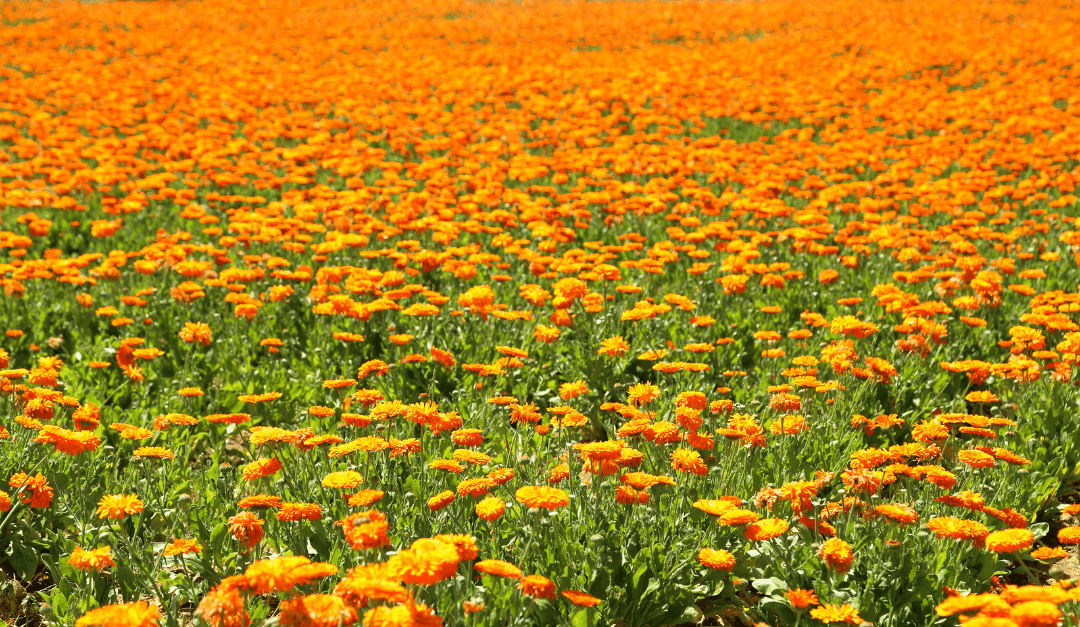
Commercial Calendula Cultivation
Discover calendula's versatile uses, from medicinal and cosmetic applications to edible flowers and oilseed production. Learn about top-performing varieties, site preparation, planting, irrigation, pest control, and harvesting techniques to optimize flower and seed yields. Explore how this hardy annual can thrive in diverse climates and unlock opportunities for growers worldwide.
Read more
The Many-Splendored Scents of Herbs
Discover the fascinating science behind the diverse scents and flavors of herbs. Learn how natural genetic variation and essential oil chemistry create unique aromas like lemon verbena, orange thyme, and more. Uncover how observant gardeners—and plant breeders—can find or develop new scented herb varieties, all without GMOs.
Read more
Fall Is Not the Time to Be Timid in the Herb Garden
Demystify fall herb planting with beginner-friendly tips for harvesting, drying, and growing favorites like basil, rosemary, and garlic. Get ready to prep your garden for next year’s success!
Read more
Celebrating Dill: Herb of the Year 2010
Dill is more than a kitchen staple—it’s a plant steeped in history, culture, and health benefits. From soothing colicky babies to enhancing digestion, dill has been cherished for centuries across the globe. Its dual personality as both dillweed (herb) and dill seeds (spice) makes it a versatile ingredient in dishes like pickles, soups, and sauces.
Read more
The 50th Anniversary of Richters Catalogue!
Richters Herbs began in the 1960s with Waltraut and Otto Richter growing European herbs alongside flowers. A 1969 Toronto Star article inspired their first catalog in 1970. Under their son Conrad’s leadership, Richters became a trusted source for diverse herbs, fueled by customer passion.
Read more
Introduction to Cryptolepis: Nature’s Antibiotic Herb
Cryptolepis, a potent antibiotic herb from West Africa, is traditionally used to treat malaria and fevers. This video explores its antibacterial, antifungal, and antiviral properties, its use for Lyme disease, and recent research findings.
Read more
Introduction to Cryptolepis: Nature’s Antibiotic Root
Cryptolepis sanguinolenta, a West African climbing vine, has long been used for fevers, particularly malaria. Its active compound, cryptolepine, demonstrates potent antimalarial, antibacterial, antifungal, and anticancer properties, including effectiveness against Lyme disease and resistant bacteria like MRSA. Interest in cryptolepis continues to grow globally for its promising medicinal potential.
Read more
Spring Brings Out the Gardener in Everyone
Richters Herbs, specializing in herbs for 50+ years, sees rising demand for antiviral herbs like elderberry and garlic amid COVID-19. Owner Conrad Richter notes a shift from culinary to health focus. Offering 500 varieties, Richters ensures top-quality, flavorful plants.
Read more
Creating a Sanctuary of At Risk Plants
As herbal medicine goes mainstream, the demand for wild medicinal herbs strains their supply. Registered Herbalist Penelope Beaudrow explains how you can help by growing endangered herbs in your own sanctuary.
Read more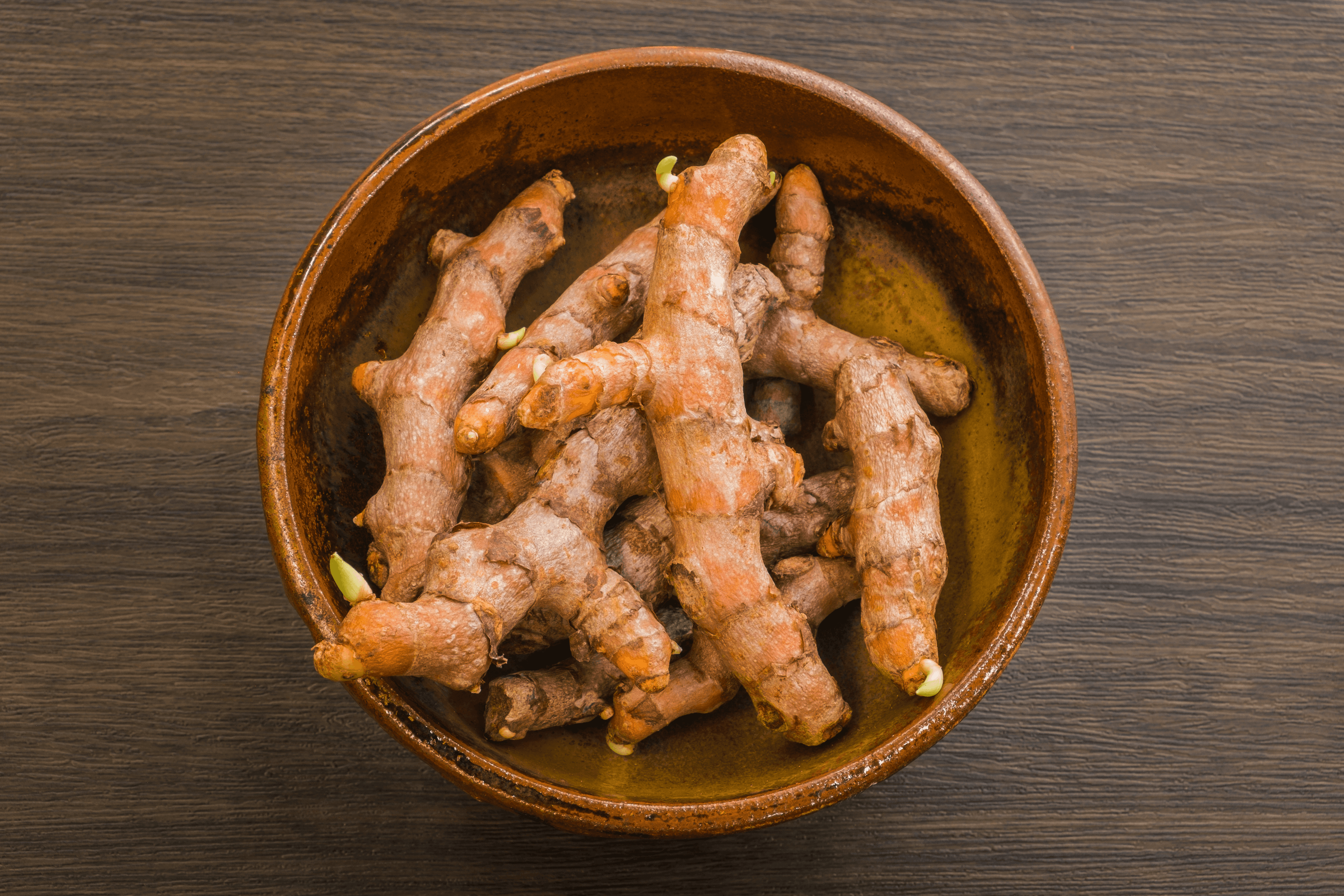
Herbal Anti-Inflammatories and Analgesics
Chronic use of over-the-counter drugs like acetaminophen and ibuprofen can lead to serious health issues. In this video, naturopathic doctor Tiffany Wyse explores herbal alternatives for pain and inflammation.
Read more
Growing Excite-mint for Everything Herbal at Richters Herbs
Richters Herbs in Goodwood, Ontario, specializes in a vast array of culinary, medicinal, and aromatic herbs, offering seeds, plants, and educational seminars. Founded in the 1960s, they now grow over 600 varieties, blending traditional and scientific knowledge to inspire gardeners and herbalists.
Read more
West African Popping Sorghum
In Dagbamete, West Africa, people pop sorghum seeds for a healthy snack with no fat or cholesterol. Rich in proteins and vitamins, sorghum is also used for porridge, flour, and beer. Grow your own popping sorghum with seeds from Richters.
Read more
Women, Herbs and Health
Discover the healing power of herbs for women's health. Clinical Herbalist Carmen Lynde explores plant medicine and how herbs like vervain, holy basil, and motherwort support fertility, hormone balance, and more.
Read more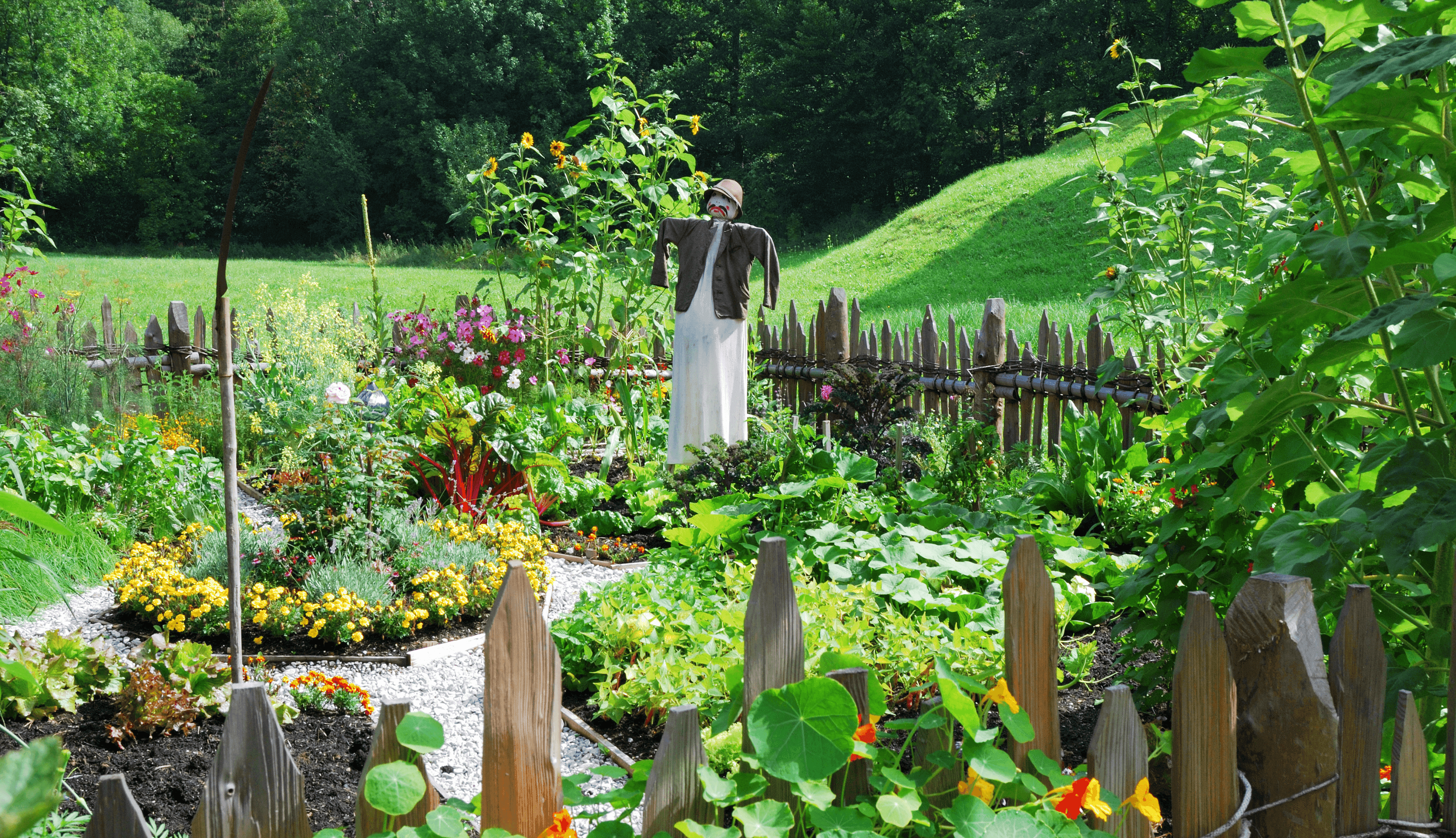
Potager Gardening
Potager, a French term for ornamental kitchen gardens, blends edible plants with decorative flowers and herbs. Learn how to create a beautiful, functional garden that’s as pleasing to the eye as it is to the taste buds.
Read more
Seabuckthorn: An Ancient Plant Rediscovered
Seabuckthorn, known for its skin-healing properties, is gaining popularity in North America. Andrew Wingrove of Bee By The Sea discusses its history, uses, and health benefits.
Read more
Forest Gardening in an Urban Setting
Learn how to create a forest garden in your backyard using the natural layers of a forest to grow food, fuel, fiber, and farm-aceuticals. Travis Philps explains the benefits and structure of these sustainable urban gardens.
Read more
How to Plan and Plant Your Herb Garden
Koidu Sulev from Richters shares expert tips on site preparation, soil, planting, and maintaining culinary, medicinal, and aromatic herbs, perfect for gardeners of any skill level.
Read more